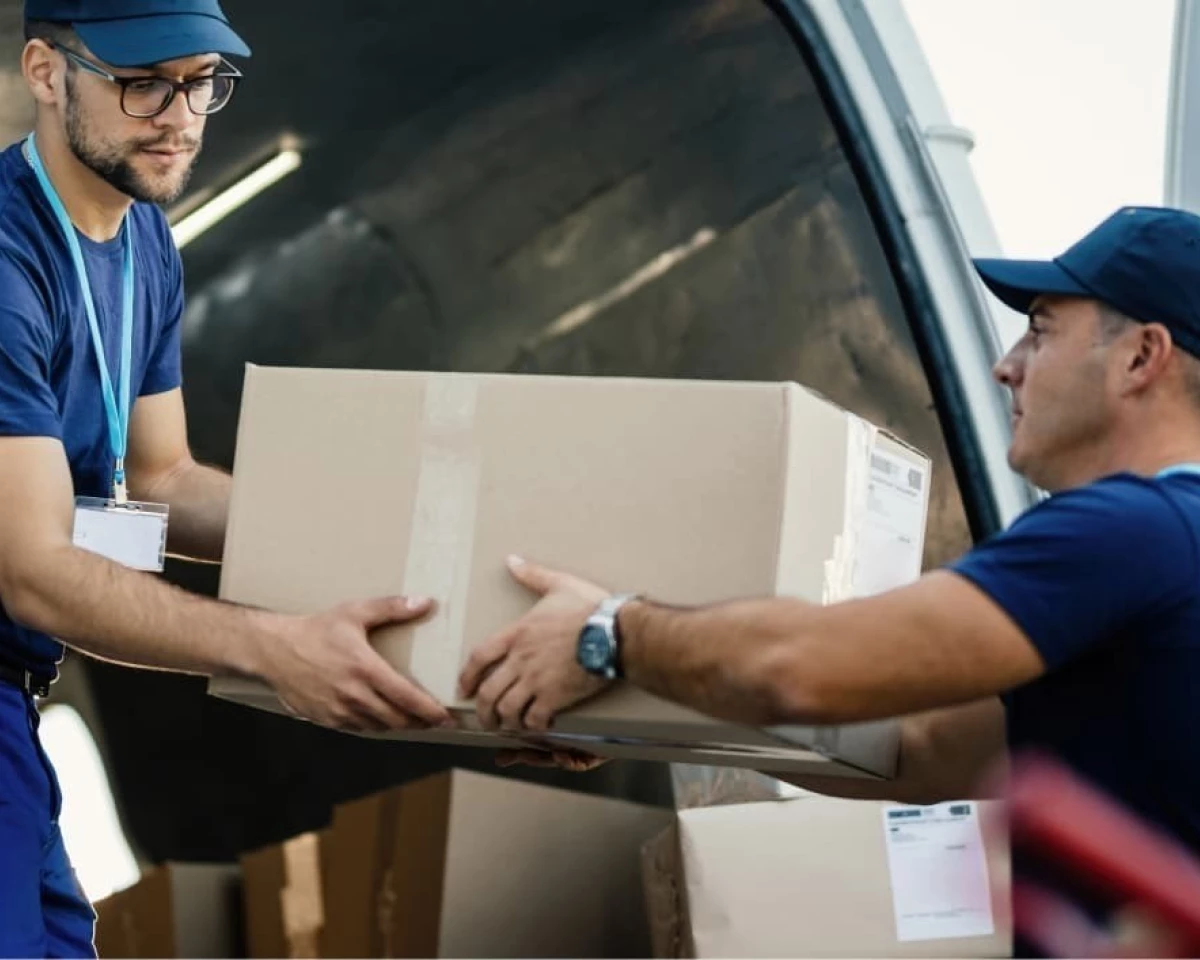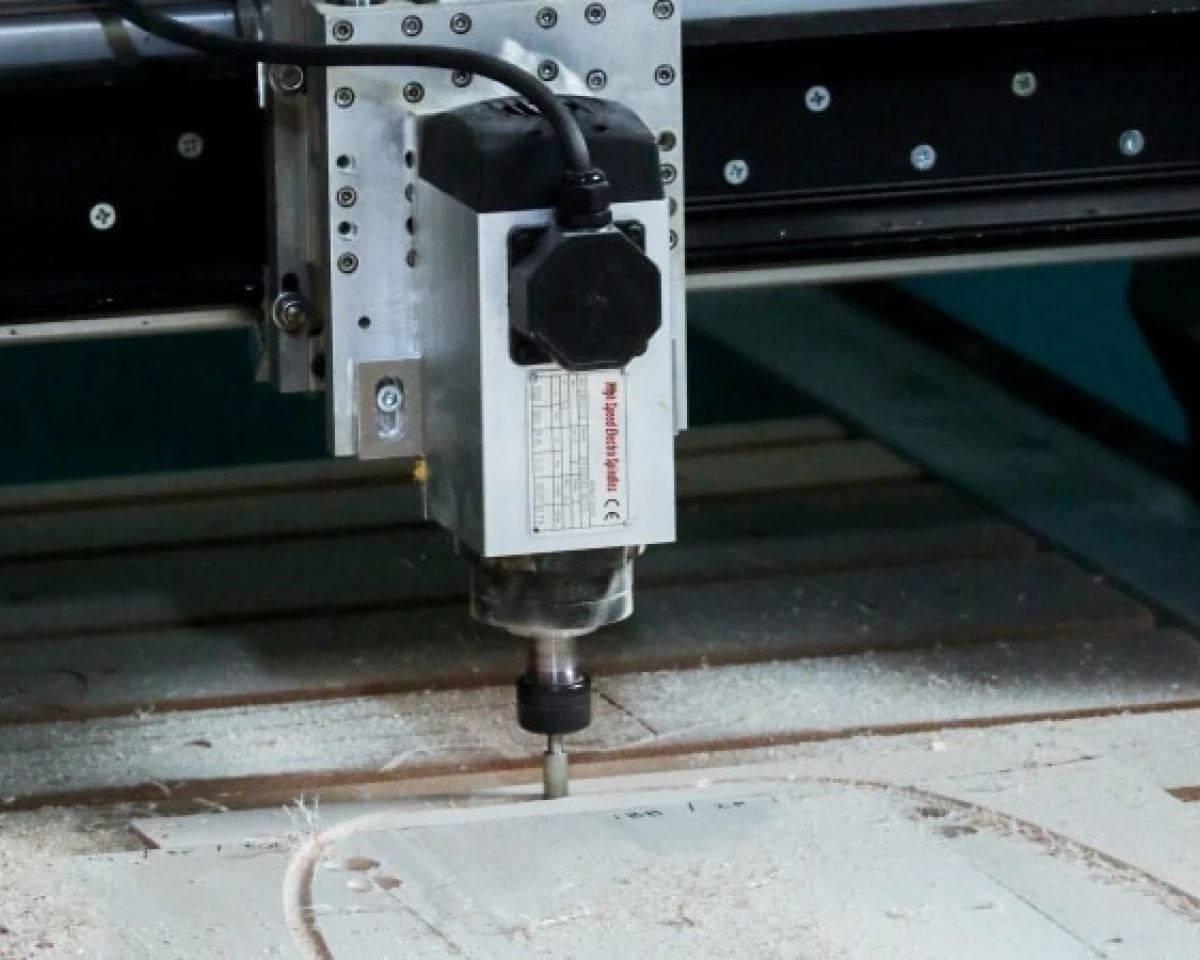In the food industry, achieving efficiency and reducing waste in packaging processes is paramount. Food Packaging Scheduling (FPS) plays a critical role in this context, offering potential benefits such as a 20% reduction in packaging time, lower resource wastage, and enhanced operational efficiency.
Designing an efficient food packaging schedule poses significant challenges. Considerations such as packaging material availability, machine capacity, job priority, and sequence need to be meticulously planned and executed.
At Timefold, we provide software builders with robust tools to navigate these intricate challenges. Our Food Packaging Scheduling model aids companies in streamlining their packaging operations, thereby reducing inefficient planning and increasing overall productivity.
What is Food Packaging Scheduling?
Food Packaging Scheduling (FPS) is the process of determining the sequence and timing of packaging operations to efficiently use resources and meet customer demand. Each packaging job must be scheduled on a specific machine, ensuring all jobs are completed within the given constraints.
Importance of Food Packaging Scheduling
Scheduling of food packaging operations is vital in the food industry. It directly impacts production efficiency, cost-effectiveness, and the ability to meet delivery deadlines. An optimized schedule reduces idle times, makes better use of resources, and enhances overall productivity.
Constraints in Food Packaging Scheduling
The scheduling process is influenced by several constraints that can be categorized as hard and soft constraints.
Hard constraints
Hard constraints are non-negotiable requirements, such as:
- Machine Capacity: Each packaging machine has a maximum capacity it can handle, based on its size, speed, and complexity of operation. A schedule must ensure that the total load on any machine does not exceed its capacity.
- Specific Machine Requirements: Certain packaging jobs may require specialized machines or equipment. For example, vacuum packaging might require a specific type of sealing machine. These jobs cannot be scheduled on machines that lack the required capabilities.
- Material Availability: The availability of packaging materials like film, foil, cardboard, and labels can limit when certain jobs can be scheduled. For instance, if a specific type of film will only be available starting next week, jobs requiring that film cannot be scheduled for this week.
- Time Constraints: Certain jobs may need to be completed by a specific deadline. This could be due to customer demands, shipping schedules, or shelf-life considerations. The schedule must ensure that these jobs are completed on time
Soft constraints
Soft constraints are goals or preferences that are desirable but not mandatory. These can include:
- Minimizing Changeover Times: Changeovers, when a machine is stopped and prepared for a new job, can take significant time and affect productivity. Therefore, it is desirable to minimize the number of changeovers. This could be done by grouping similar jobs together or by scheduling longer runs of the same job.
- Energy Efficiency: Depending on the energy consumption rates at different times of day, it might be preferable to schedule high-energy-consuming jobs during off-peak hours to reduce energy costs.
- Worker Preferences: If possible, the schedule should consider worker preferences. For instance, certain workers might be more experienced with certain machines or tasks and prefer to work on those. Others might prefer specific shift times.
- Minimizing Packaging Waste: The schedule could aim to minimize waste by efficiently allocating packaging materials to jobs and by carefully sequencing jobs to reduce the amount of material lost during changeovers.
- Quality Control: To ensure high-quality packaging, it might be desirable to schedule certain quality checks or maintenance activities at regular intervals.
The Complexity of FPS
The complexity of Food Packaging Scheduling increases exponentially with the number of jobs, machines, and constraints. Comprehensive enumeration of all possible combinations is practically impossible. Additional constraints like machine availability and job priority can further complicate the problem.
Operational Fit and Real-World Applications
When managing daily packaging schedules, your planning software should provide you with:
- Continuous planning: Capability to adapt and update the schedule as new information becomes available.
- Real-time planning: Ability to respond swiftly to disruptions or changes in the plan.
- Overconstrained planning: Making certain jobs optional when resources are limited.
- Pinning: Ability to fix or lock specific elements of the problem to their current state or desired values.






